In 1995, astronomer/scientist Michel Mayor and Didier Queloz found the first discovered exoplanet. An exoplanet is a planet that is orbiting or is located outside our Solar system and could potentially pitch its own life. Today we’ll check out some of NASA’s top hits with Earth-like habitable exoplanets and see how they could hold life.
Take a look at an artist’s representation of hypothetical earth like worlds
Kepler-22b
Kepler-22b: Kepler-22b is an earth-like world that was discovered in 2011 by the Kepler space telescope. This was its first found exoplanet and the first exoplanet to be confirmed to have earth-like properties. Ever since 2011, news reports have covered this story but no found evidence could support life on this planet. First of all the planet is half the size of Jupiter making its gravity insane. This would also not help with any plants and grass growing, which in return will sink into the floor due to the massive gravity and die.
Kepler-186f
Another Kepler-related object! Kepler-186f Is a planet located 557 light years from us and was discovered in 2014. The planet is earth-sized luckily making it more habitable than Kepler-22b. The planet has been pictured in some people’s heads with lakes and oceans but it is clearly unknown and could really be a hellish world. As said by a result on Britannica, it states: “the orbital region where an Earth-like planet could possess liquid water on its surface and thus possibly support life”.
Trappist-1E
Trappist-1E is a planet located 40 light years from us and is in a solar system itself with 7 other earth-like candidates consisting of having water-vapor, water, and water ice all on their surfaces according to their properties. Trappist 1E is a pick from me, but shown in the artist’s representation, it has water and dry pieces of land. This place might not be the best to store your things, because it’s estimated that it is tidally locked to its star meaning that one side is eternally facing the sun while the other is facing space. This would not help the planet’s growth and the best place to be would be in the middle, where it is night and day.
Kepler-442b
Another one! Kepler-442b is a planet that scientists and astronomers are keeping their eyes on. As shown, it has red grassy plains which is very normal and does not signal anything being wrong with it. Kepler-442b is even more likely to be habitable than a hypothetical “Earth twin” with physical and orbital parameters matching those of Earth, making the aftermath good for possible life. Going by an index, Earth has a rating of 0.829, but Kepler-442b has a rating of 0.836, making Earth’s habitability rate lower than this planet which is super funny, to say the least.
Kepler-452b
Kepler-452b, located 1,800 light years from us is in its Goldilocks zone which means it’s a possible candidate for life. This planet is like a real-life Tatooine with sand dunes, massive deserts, and rare occasions of water and lakeshores. This planet is a bit bigger than the Earth’s, measuring 1.63 times bigger than the Earth. Kepler-452b Has the same exact problem as Kepler-22b, with it being too big and having a little more pressure than Earth to unsuccessfully grow plant life and life for that matter.
Gliese 667 Cb
Gliese 667 Cb Is a planet located 22 light years from us and is a perfect candidate for life, being right in the middle of its home star habitable zone. The star it orbits, that being Gliese 667 C hosts at least six planets. Three of them, all Super-Earths, are located in the habitable zone, only leaving the imagination to fill in the blanks of the possibilities of the properties of life there.
Kepler-1649c
Kepler-1649c, located 301 light years from us is a hard candidate for having hypothetical life. The planet is in its habitable zone. The temperature is exactly like Earth’s, however, the only downgrade is its slight size difference from the Earth to Kepler-1649c. Although plant life could exist it’s hard to imagine. Almost nothing is known about this planet making it a possible life candidate.
Kepler-62f
Kepler-62f Which is located 980 light years from Earth is exactly pictured like Kepler-186f with its almost dead blooming plant life and peaks of water, lakes, and dried up valleys. This planet orbits in its habitable zone and sustains a decent average Earth temperature. The only downside of this planet is that it’s 40% bigger than the Earth making plant life and life in general to be really hard to bloom.
Hope you enjoyed it!
Thanks for joining this journey across the universe with me and using past data to confirm if these planets are habitable or not. Hope to see you again soon!
417views
Share on FacebookVery nice. This person has a lot of potential to go out of this world(pun intended) with articles. Next up, their own photoshopped stuff. There are some really good tutorials that they can do.
Very nice. This person has a lot of potential to go out of this world(pun intended) with articles. Next up, their own photoshopped stuff. There are some really good tutorials that they can do.
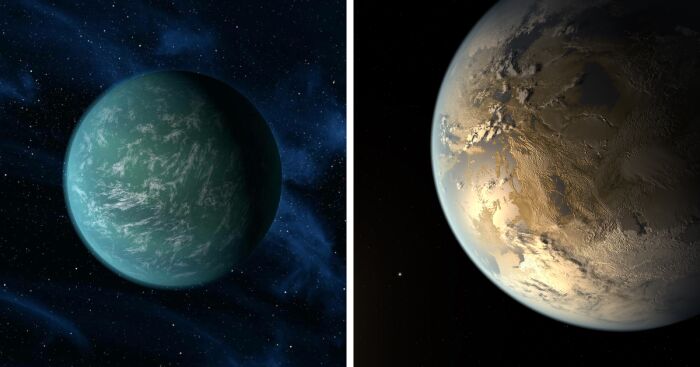
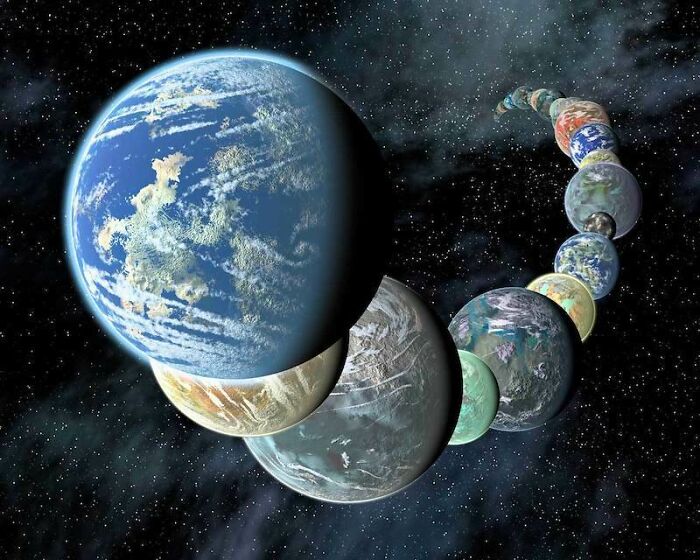
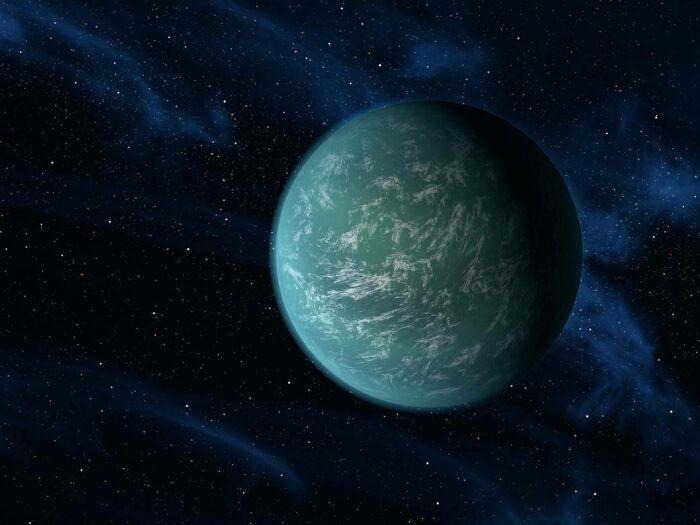
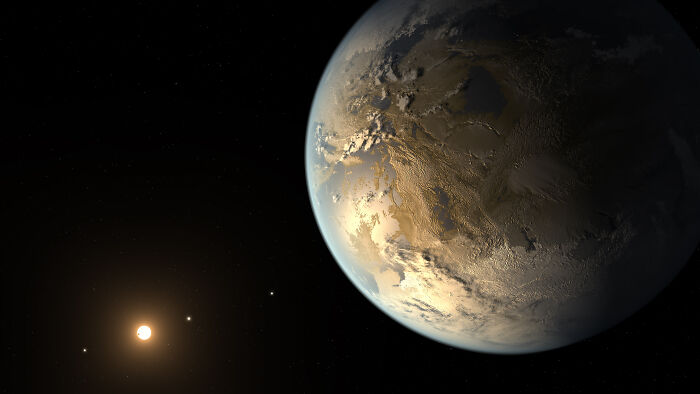

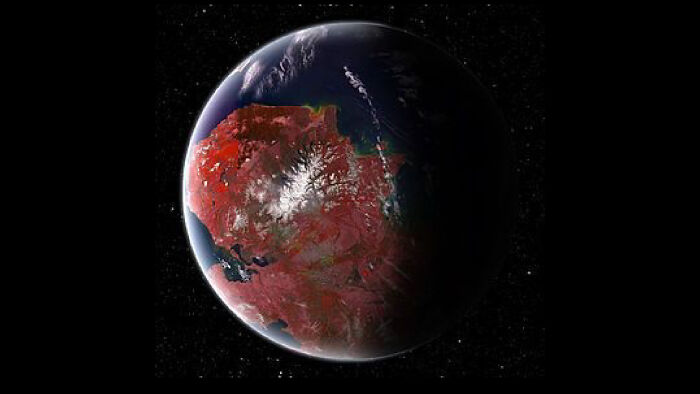
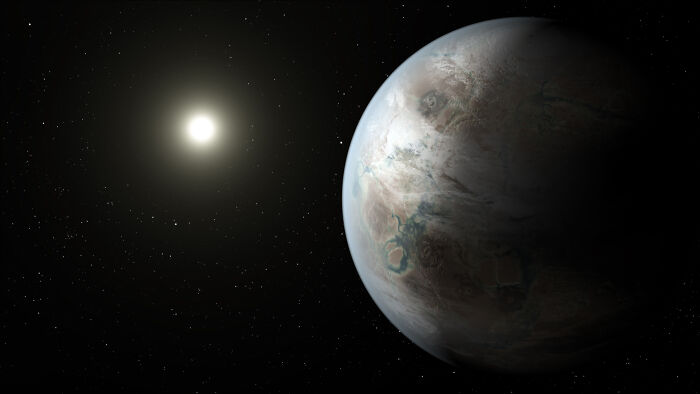
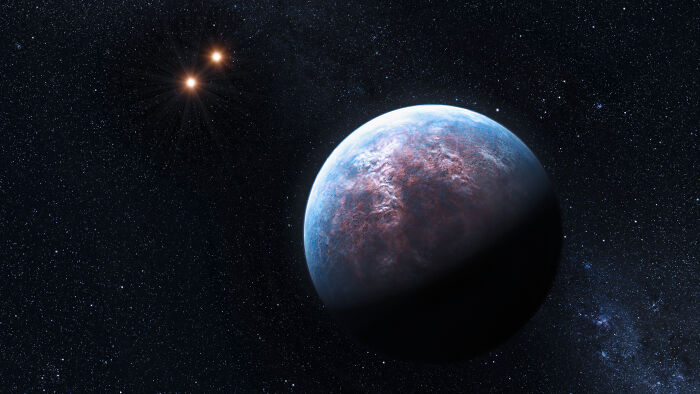
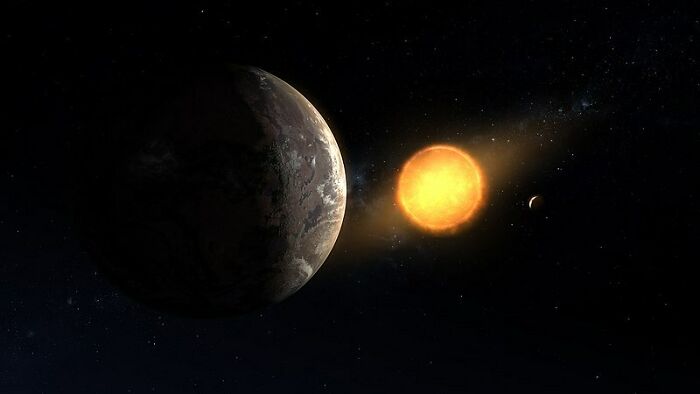
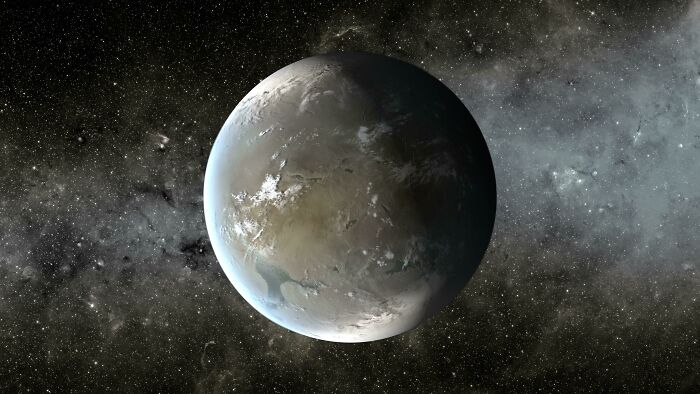





14
3